Most climbers overlook the importance of hats and headwear in general when packing for Kilimanjaro hikes. When preparing for the ascent of Mount Kilimanjaro, one of the most formidable peaks in the world, the significance of appropriate headwear cannot be overstated. Hats on this journey serve dual pivotal roles, each as crucial as the other in the diverse and often harsh environmental conditions encountered from base to summit. Each hat or protective gear piece plays a strategic role in managing the climber’s exposure to the elements, from the sun’s harsh rays to the biting cold. Properly chosen, these items are not just accessories but essential tools for safety and success on this majestic mountain.
The Ultimate Kilimanjaro Climbing Gear Recommendations Checklist
The Necessity of Multiple Hats: Given these two distinct climatic challenges, climbers are advised to carry at least two types of hats. One is designed for sun protection during the day’s heat and another for retaining warmth during the cold nights and at higher, colder altitudes. This dual-hat strategy ensures that climbers are equipped for both the scorching sun of the lower slopes and the freezing conditions near the summit.
The Role of the Neck Gaiter: In addition to hats, a neck gaiter or buff is an essential piece of gear. This versatile item can be pulled up over the nose and mouth to protect against cold winds, and dust, or even as an additional layer of warmth for the neck. It’s lightweight, easy to adjust, and can be worn in multiple ways, making it invaluable for the changing conditions on the mountain.
Choosing the Right Gear: When selecting these critical pieces of headwear, climbers should consider factors like material breathability, moisture-wicking properties, wind resistance, and overall durability. The hats should not only serve their primary functions but also be comfortable enough to wear for extended periods, lightweight to carry, and durable enough to withstand the rigours of mountain climbing.
For Sun Protection:
First and foremost, a hat functions as your personal shield against the relentless sun. At high altitudes, the sun’s ultraviolet rays are not only more intense but also more harmful due to the thinner atmosphere. Here, a hat with a wide brim or specialized sun-protective features becomes indispensable. It’s not merely about comfort; it’s about preventing sunburn, heatstroke, and the long-term effects of UV exposure. The ideal sun hat for Kilimanjaro would cover not just the face but extend around to protect the neck and ears, areas particularly vulnerable to sunburn. Options like the boonie hat or a sun cap with detachable side panels offer comprehensive coverage, ensuring that climbers can focus on their trek rather than the discomfort of sun exposure.
- Design: Features a broad brim that encircles the entire hat, providing shade not just for the face but also for the neck and ears.
- Material: Ideally made from moisture-wicking fabric rather than cotton to avoid getting waterlogged from sweat or rain.
- Utility: Excellent for sun protection but might be bulky and less fashionable, which could be why they’re less commonly seen despite their functionality.
2. Bucket Hat:
- Design: Similar to the boonie but with a shorter brim, offering less comprehensive sun protection.
- Material: Often softer, potentially less durable, but should be chosen for breathability and water resistance.
3. Sun Cap:
- Design: Has a front visor with additional fabric panels that can be adjusted or removed to protect the sides and back of the head from the sun.
- Adaptability: Offers good protection with the option to increase ventilation, though it might not appeal to everyone’s fashion sense.
4. Trekking Cap (Baseball Cap):
- Design: The most common choice, straightforward with a bill to shield the eyes and face from direct sunlight.
- Limitations: Does not protect the neck or ears from the sun, necessitating the use of sunscreen or additional clothing like a hooded layer.
For Warmth:
Conversely, as climbers ascend into colder altitudes, the role of the hat shifts from sun shield to thermal insulator. The temperature on Kilimanjaro can plummet below freezing, especially during the night or at higher elevations. Here, the hat must trap heat to prevent hypothermia, a real risk in such environments. A good insulating hat, like a watch cap or a snug beanie made from wool or synthetic thermal materials, becomes vital. These hats should fit well, covering the ears fully, and be capable of being adjusted for increased warmth, like folding down a watch cap for double layering over critical areas.
1. Watch Cap:
- History: Traditionally used by sailors and outdoorsmen, known for its simplicity and effectiveness.
- Functionality: Can be folded for double layering over the ears and forehead, providing extra warmth where it’s most needed.
2. Beanie:
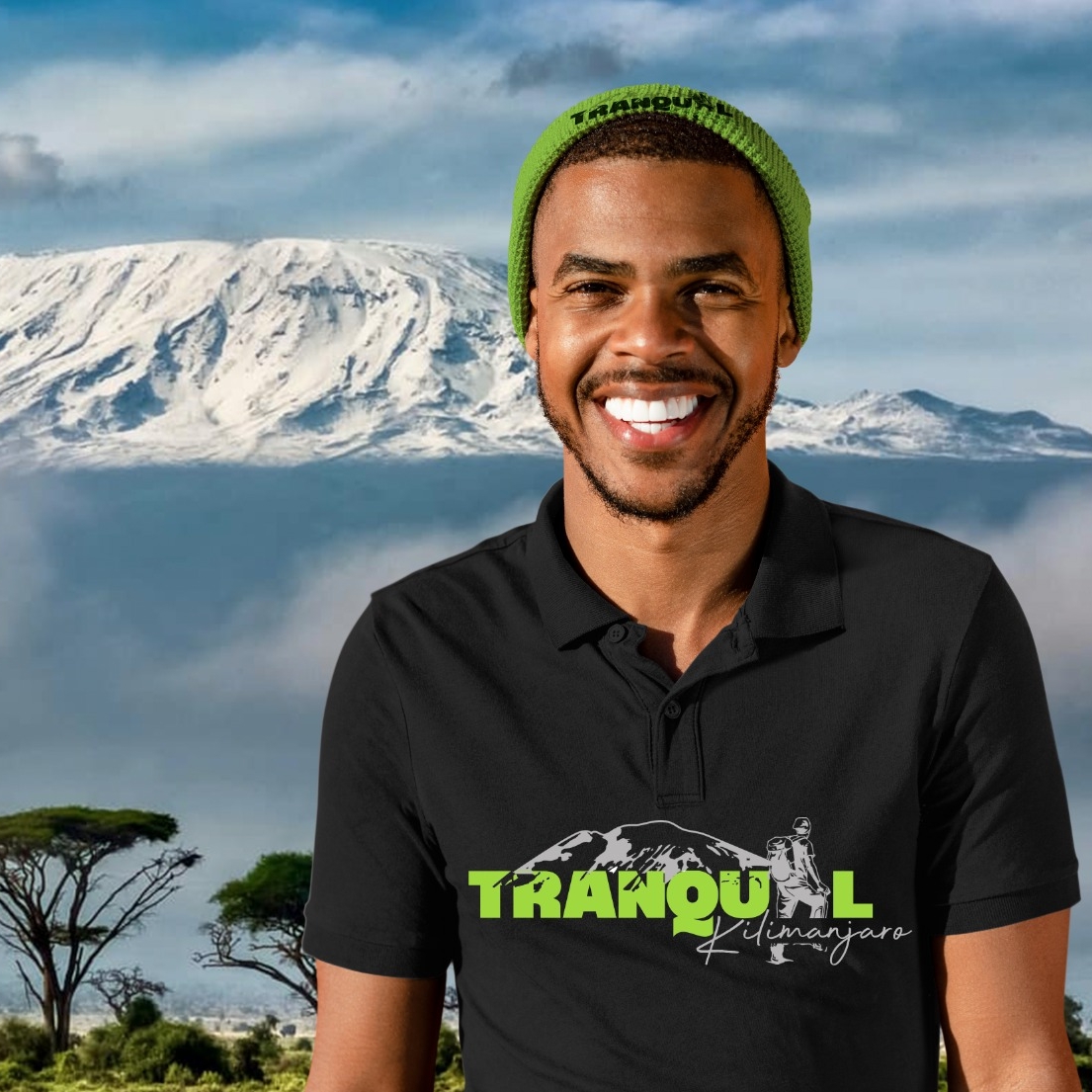 Fit: Should be snug but not too tight, ensuring it covers the ears and forehead completely.
Fit: Should be snug but not too tight, ensuring it covers the ears and forehead completely.
- Material: Should be thick enough to provide insulation in freezing conditions. Wool or fleece are good choices, avoiding overly thin or loose knits for practical alpine use.
Additional Protective Gear:
1. Neck Gaiter:
- Versatility: Can be worn in multiple configurations – around the neck, as a headband, or pulled up over the face.
- Material: Should be lightweight and made from a material that wicks away moisture.
2. Balaclava:
- Coverage: Can cover the entire head and face, with openings for eyes, or more, depending on the design.
- Usage: While very protective against cold and wind, its less versatile use compared to a neck gaiter might make it less preferred for some climbers.
Key Considerations:
- Weather Challenges: Kilimanjaro’s weather can be unpredictable, with intense sun at lower altitudes and extreme cold at the summit. The right headwear can prevent sunburn, windburn, and even frostbite or hypothermia, which are real risks that could jeopardize a summit attempt.
- Selection Criteria: When choosing your hats, consider if they will effectively shield you from the sun’s UV rays and insulate against the cold. The gear should be durable, fit well, and be appropriate for the harsh conditions encountered during the climb.
- Where to Buy: Look for these items at outdoor gear retailers like REI, Backcountry, or Moosejaw, where you can find specialized equipment designed for such adventures.
![]()

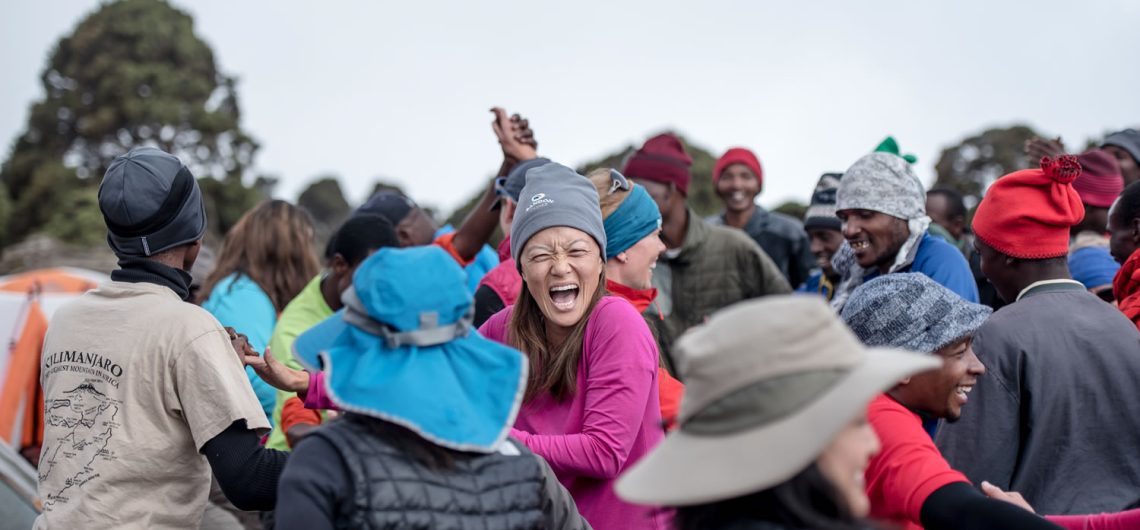
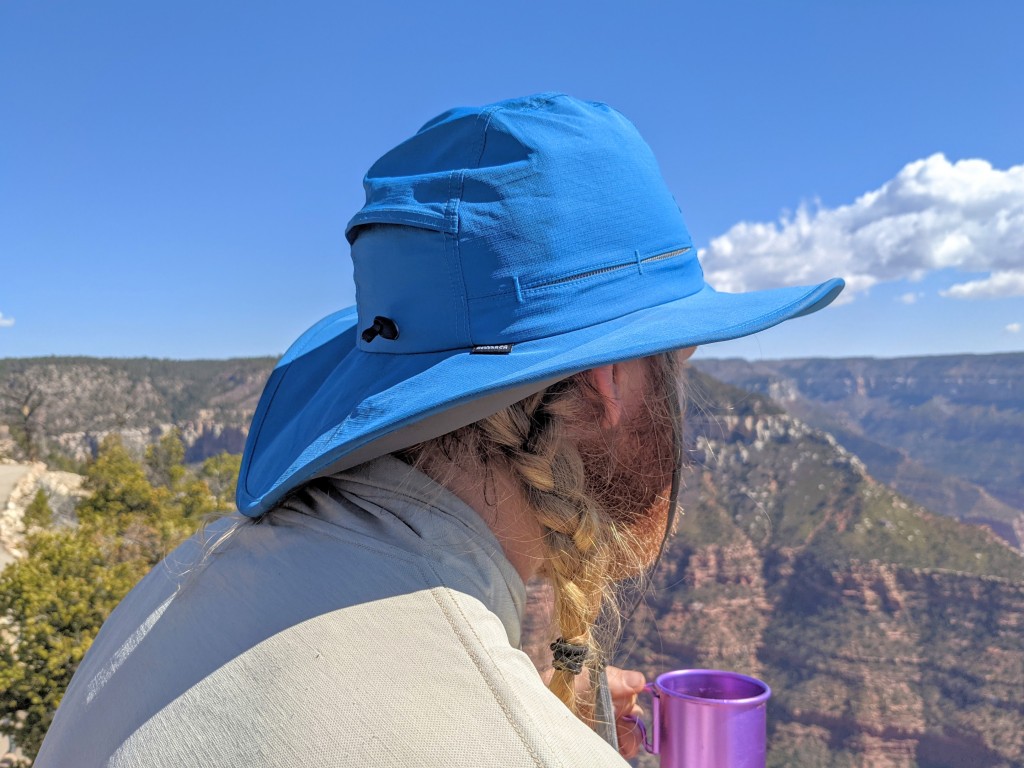
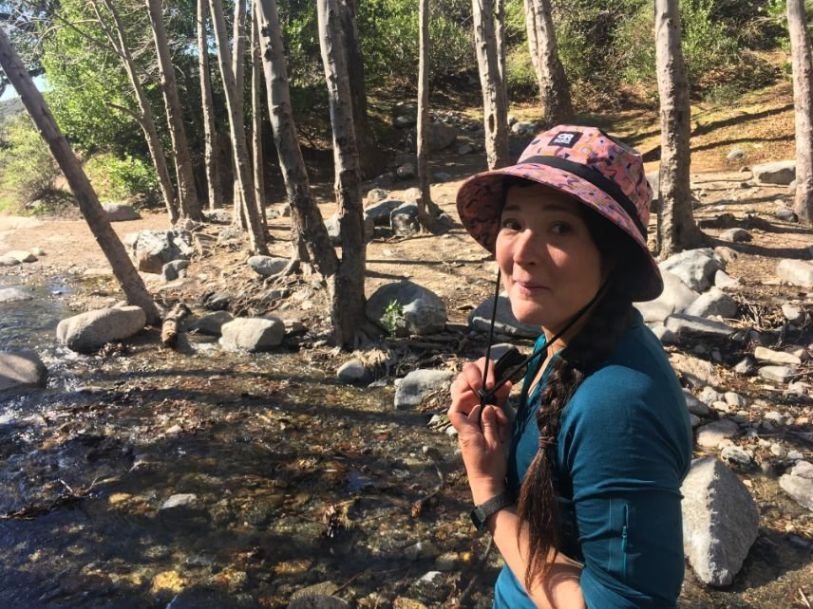
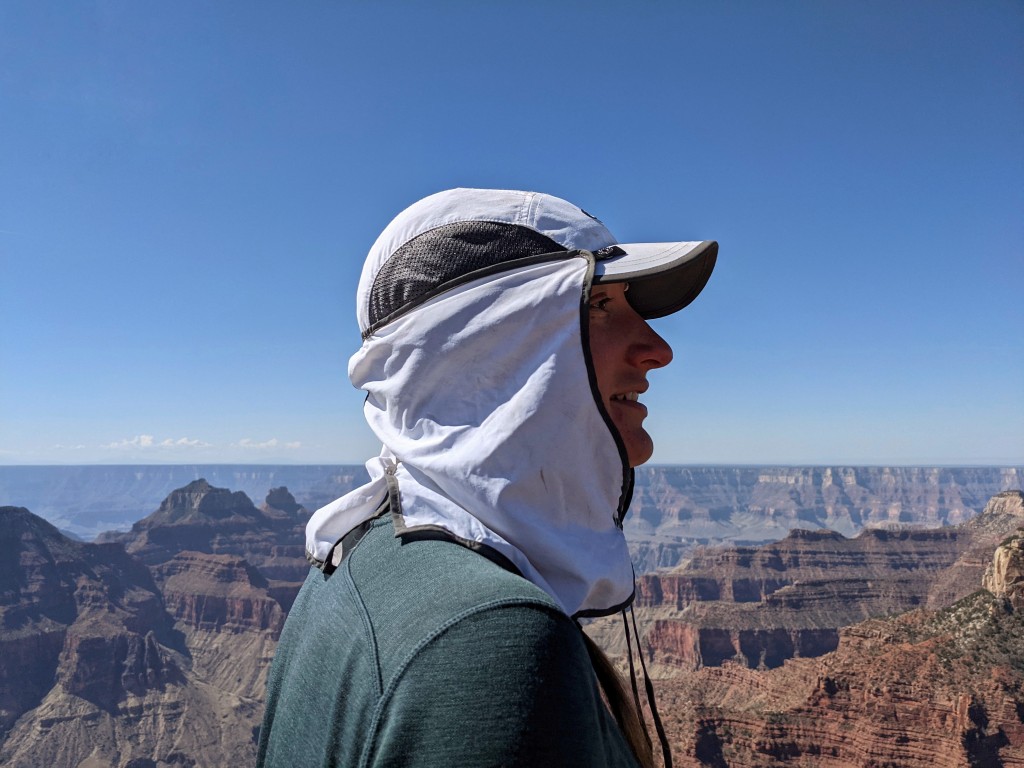
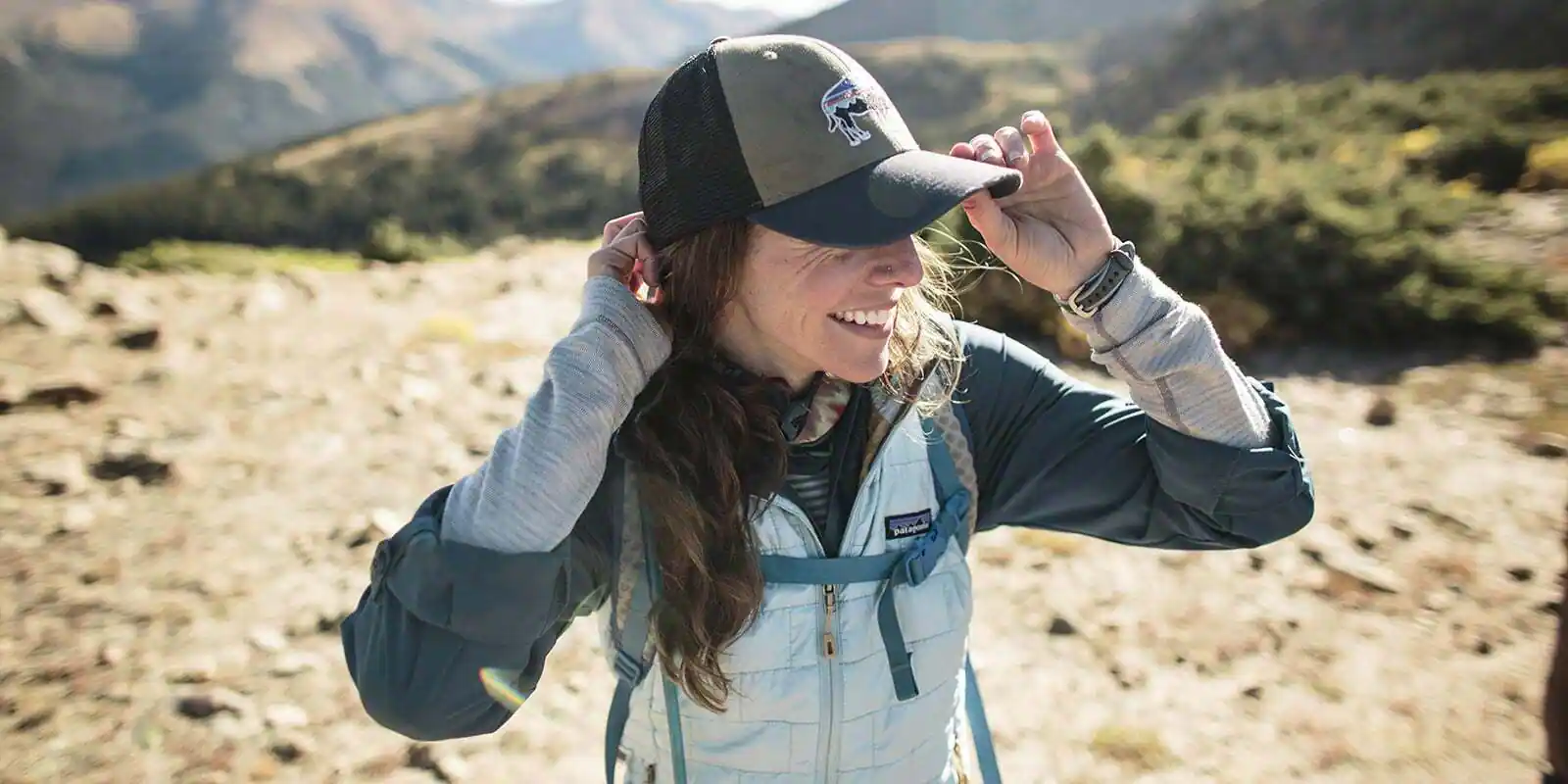
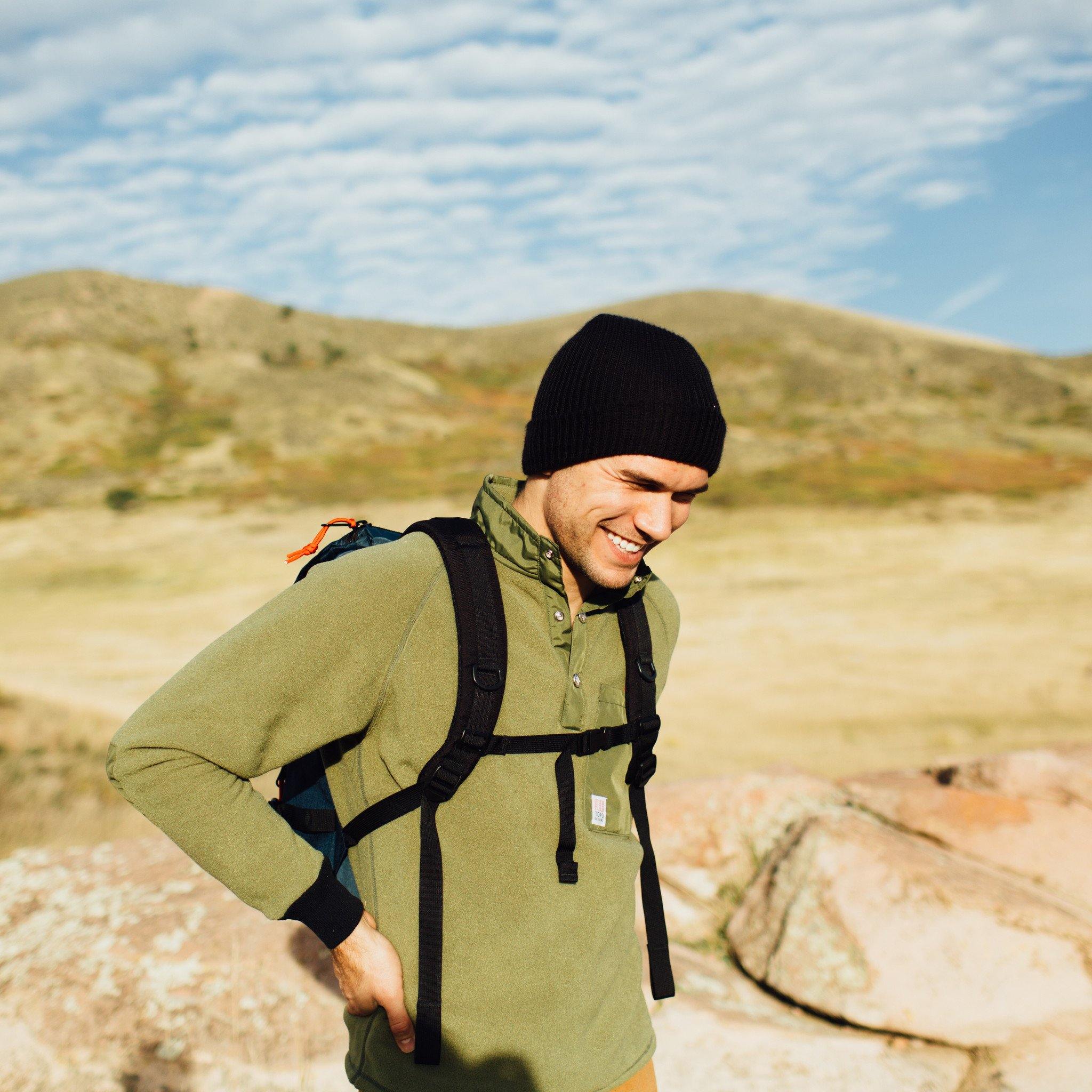
Comments